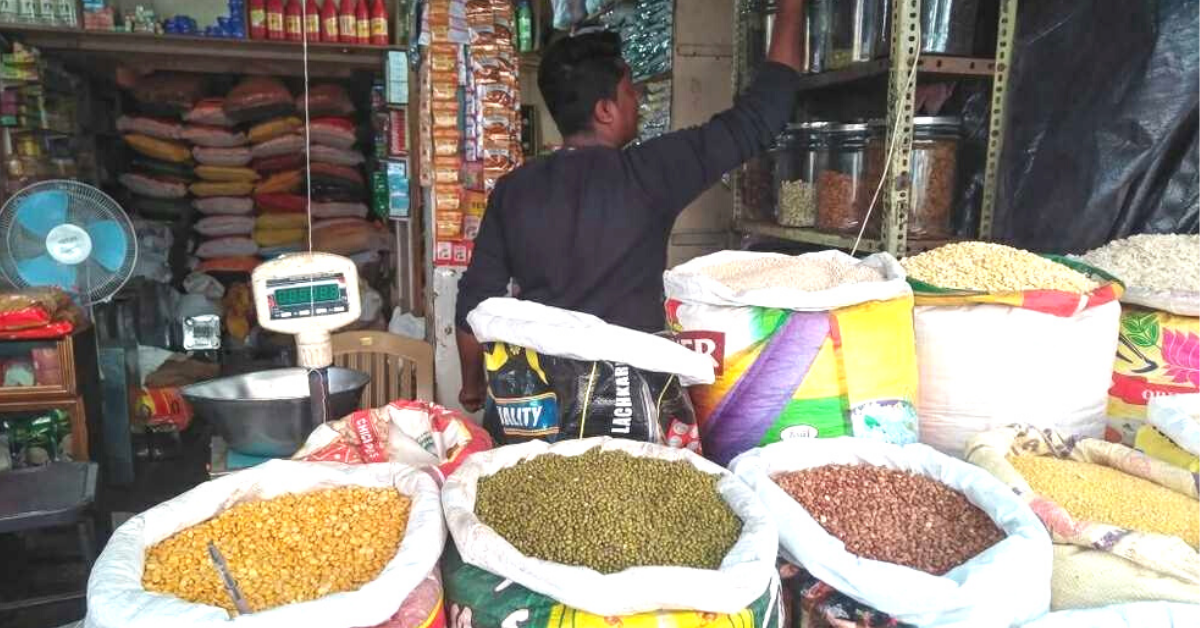Sheila (name changed) is a domestic helper working in Gurugram. Her ration card carries the address of the village in West Bengal where she hails from.
While her income levels enable her to receive subsidized groceries at the Public Distribution System (PDS) shops, given that her ration card carries her West Bengal address, she is not able to access the system in her place of living—Gurugram.
This is a stark reality that millions of migrants face day to day in India, leaving them at the mercy of the marketplace where they are forced to buy essentials at full market prices, thereby denying them of what is rightfully their share of the subsidy.
To help people like Sheila, the ‘One nation, One ration card’ initiative was launched by the government. Under this scheme, eligible beneficiaries would be able to avail their entitled food grains under the National Food Security Act (NFSA) from any fair-price shop in the country.
While the scheme was launched in June 2019, it was only in January 2020 that 12 states—Andhra Pradesh, Goa, Gujarat, Haryana, Jharkhand, Kerala, Karnataka, Madhya Pradesh, Maharashtra, Rajasthan, Telangana and Tripura—were integrated into the system.
Consequently, last week, after the Supreme Court directed the Centre to consider whether it is feasible for it to implement this initiative at this stage, keeping in view the hardship caused by the lockdown, five more states were added to the system, taking the total integrated states to 17. These states are Uttar Pradesh, Bihar, Punjab, Daman and Diu, and Himachal Pradesh.
The rest of the country will be included in the portability scheme by June this year.
All you need to know about ‘One Nation, One Ration Card’

- Keeping in mind the various formats used by stats for the ration card, a standard format has been prepared for this purpose.
- To enable the portability of the ration card, state governments are being urged to issue the ration card in the bi-lingual format, where besides the local language, the other language could be Hindi or English.
- In the ration card being made, there will be a 10-digit standard ration card number, wherein the first two digits will be the state code, and the next two digits will be ration card numbers.
- Besides this, a set of another two digits will be appended with the ration card number to create unique member IDs for each member of the household in a ration card.
- Ration card holders, under this scheme, will be entitled to the subsidised food grains by using their existing cards issued in their own states or UT’s. This is likely to benefit the migrant workers who have not been able to reach their hometown and have been stuck in different states during this period of lockdown.
Who are the beneficiaries?
• Any legal citizen of India can apply for the ration card.
• Children below 18 years of age (minors) are included under their parents’ ration card. However, a user can apply for a separate ration card once they are above 18 years of age.
• All ration cardholders and are currently eligible to get entitled food grains from fair price shops.
• Ration cardholders eligible for subsidized food grains can buy up to 5 kilograms of rice at Rs 3/kg, wheat at Rs 2/kg and coarse grains at Rs 1/kg per month.
If you have help at home who would benefit from this scheme, do pass on the information and help them out.
Also Read: Banning Tourists to 6 Months’ Ration: How Indian States Are Tackling COVID-19
(Edited by Gayatri Mishra)
Like this story? Or have something to share?
Write to us: contact@thebetterindia.com
Connect with us on Facebook and Twitter.
If you found our stories insightful, informative, or even just enjoyable, we invite you to consider making a voluntary payment to support the work we do at The Better India. Your contribution helps us continue producing quality content that educates, inspires, and drives positive change.
Choose one of the payment options below for your contribution-
By paying for the stories you value, you directly contribute to sustaining our efforts focused on making a difference in the world. Together, let's ensure that impactful stories continue to be told and shared, enriching lives and communities alike.
Thank you for your support. Here are some frequently asked questions you might find helpful to know why you are contributing?

